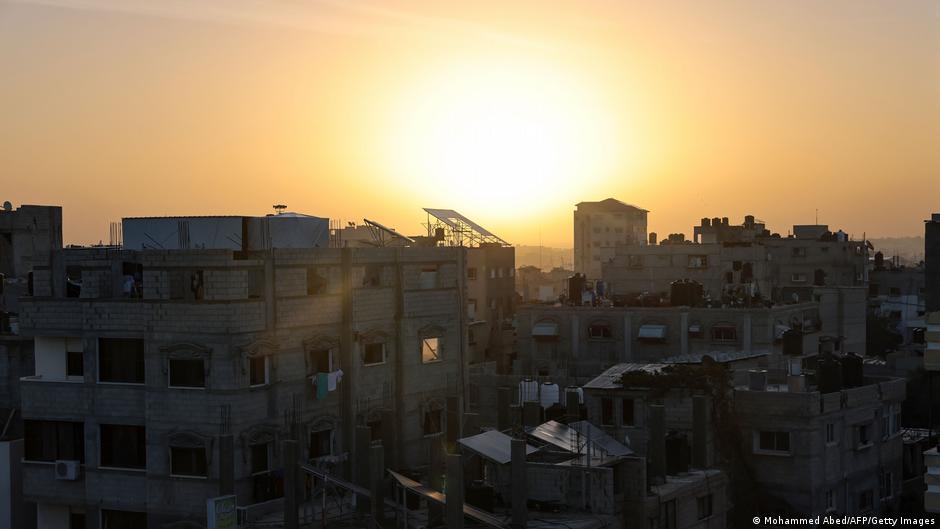Gaza ceasefire begins, as first 13 Israeli hostages wait to be released

An agreed ceasefire between Israel and the Islamist group Hamas came into force on Friday morning. The first pause in fighting in nearly seven weeks of war began at 7:00 am and was set to last at least four days. An extension of up to 10 days is possible, mediator Qatar said.
At 4:00 pm local time, the first 13 hostages held in the Gaza Strip are to be released as part of the agreement between Israel and Gaza-ruling Hamas. They are women and children. In return, three Palestinian prisoners are to be released from Israeli prisons for each hostage. This also involves women and minors.
The fighting continued until the end. There were rocket alerts in the Israeli border area shortly before the ceasefire began. The Israeli army had previously intensified its attacks in the Gaza Strip and will keep its soldiers stationed in the Gaza Strip during the ceasefire.
The break in fighting should also mean more aid deliveries for the civilian population in the Gaza Strip. The UN Relief and Works Agency for Palestine Refugees (UNRWA) wants to use the ceasefire to distribute urgently needed aid.
During the ceasefire, all sides will cease their military activities, said a spokesman for the al-Qassam Brigades, the military wing of the Hamas movement.
Defence Minister Yoav Gallant said Israel would continue its intensive fighting in the Gaza Strip for at least another two months once the "short" ceasefire ends. After the end of this intense fighting, there will be a need for continued multiple operations in Gaza until there is no longer a military threat from there, the minister said.
"The war is not over yet", an Israeli army spokesperson wrote in Arabic on X, formerly Twitter, shortly before the ceasefire began.
The northern Gaza Strip is still a "dangerous war zone" and it is forbidden to move back and forth there.
However, he said, it will still be possible for civilians to move from the north to the south of the territory, while movement in the other direction is forbidden. (dpa)
